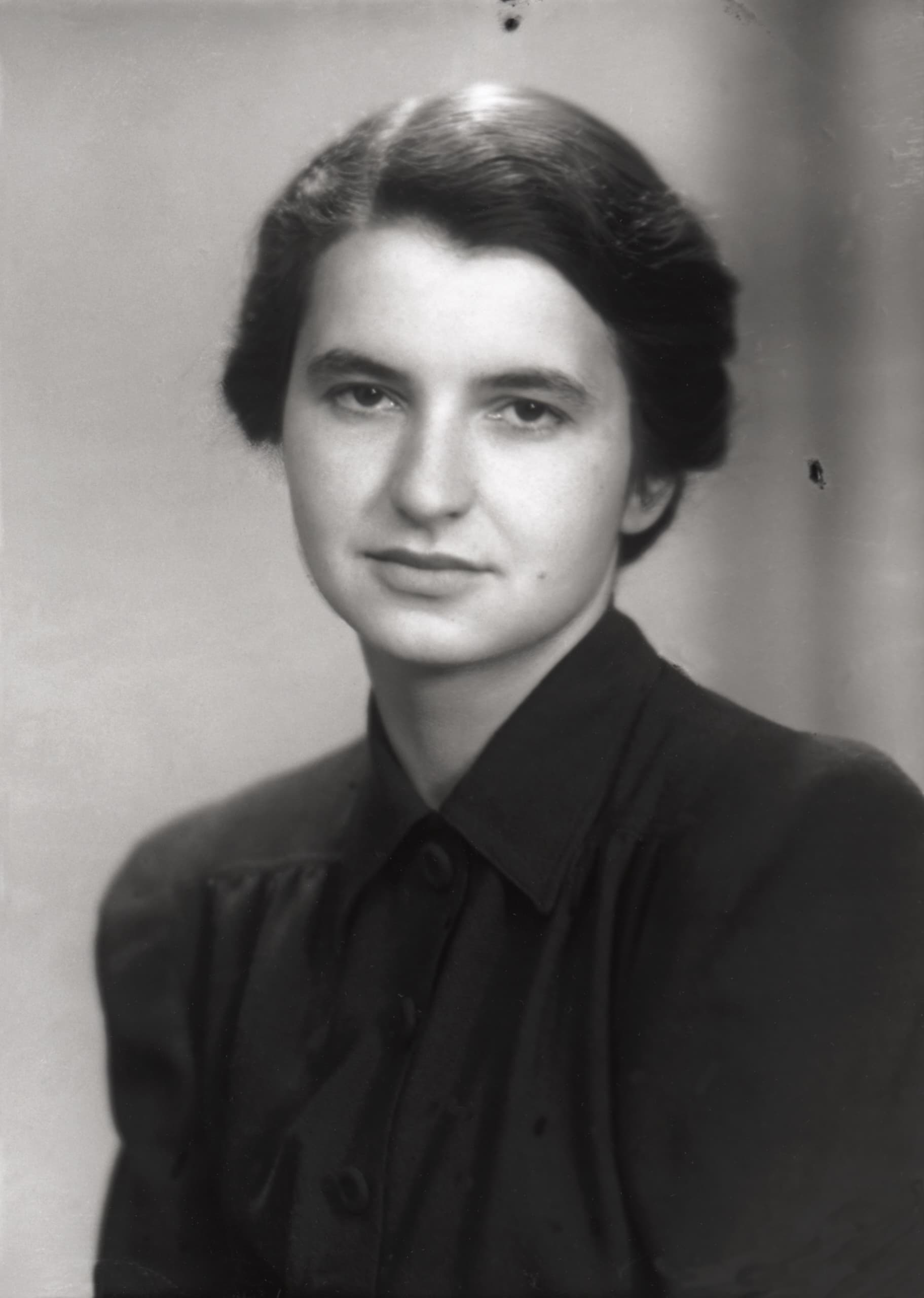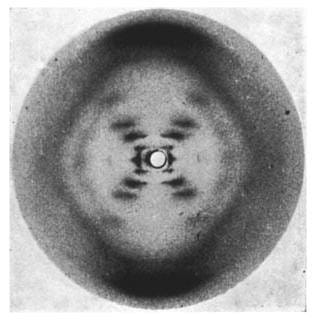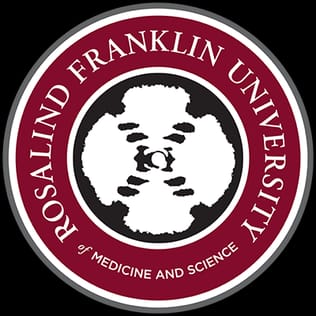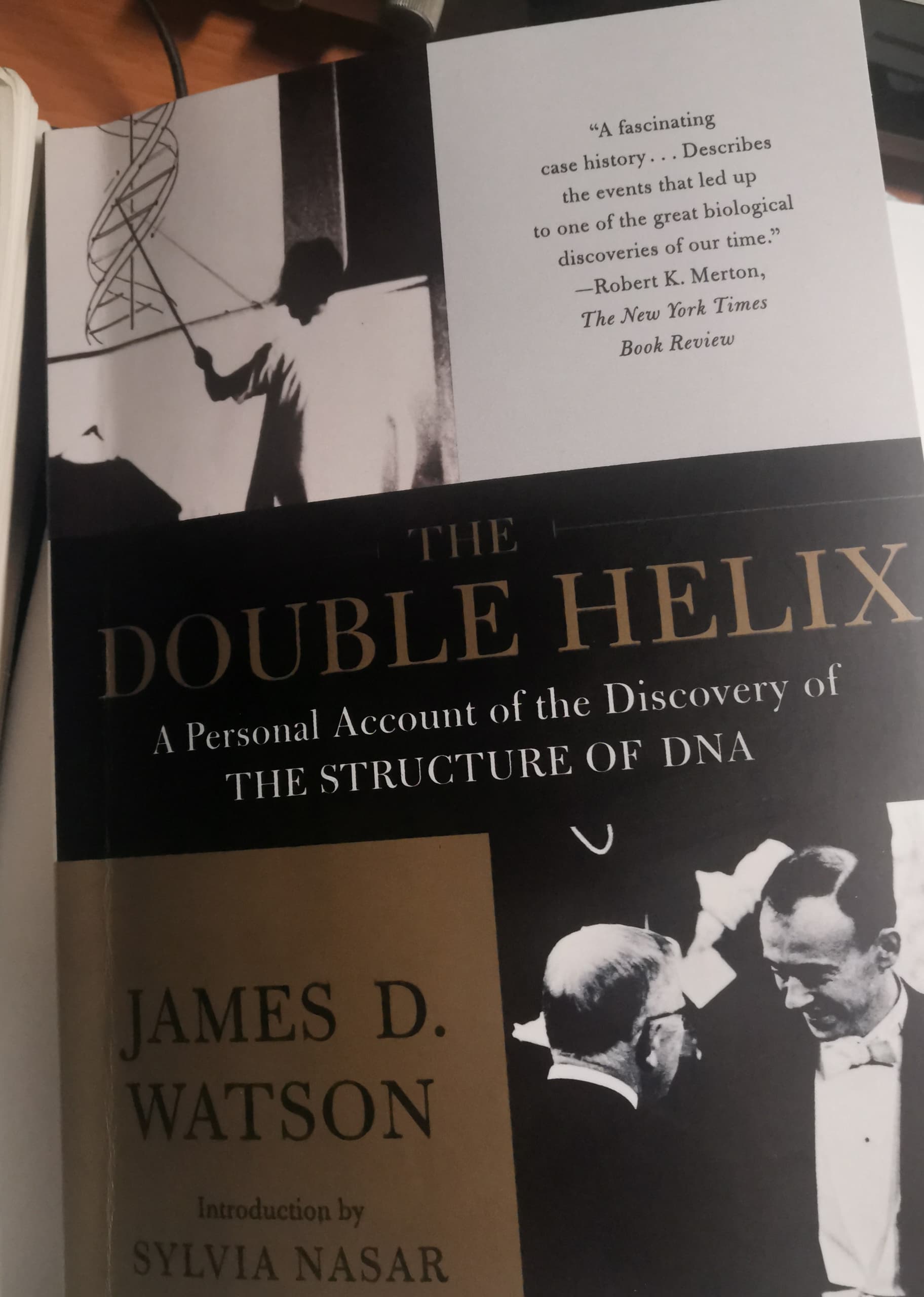Rosalind Franklin’s 105th birthday
The most outstanding scientific contribution of Rosalind Franklin was her pioneering research on the structure of DNA during her time at King’s College London. As an independent PI, she collaborated with her student Raymond Gosling to develop X-ray diffraction techniques, and the “Photo 51” taken by Gosling under Rosalind’s guidance provided crucial evidence for revealing the double helix structure of DNA. However, this landmark image was shown to James Watson by Maurice Wilkins without Rosalind’s authorization in 1953, directly contributing to Crick and Watson’s proposal of the DNA double helix model. This discovery earned Crick, Watson, and Wilkins the 1962 Nobel Prize in Physiology or Medicine, but none of the laureates mentioned Rosalind Franklin’s foundational contributions in their speeches. Even more damaging, Watson, in his autobiography The Double Helix, not only referred to Franklin with the derogatory nickname “Rosy” but also deliberately downplayed her academic status, incorrectly portraying her as Wilkins’ assistant and misleadingly depicting her as an opponent of the helical structure of DNA.
Due to academic disagreements with her lab director John Randall and colleague Wilkins, Rosalind was forced to transfer to Birkbeck College in 1953, where she led pioneering work on the molecular structure of viruses. Tragically, this brilliant scientist passed away prematurely from ovarian cancer at the age of 37. After her death, her team member Aaron Klug continued her research and was awarded the Nobel Prize in Chemistry in 1982.
Rosalind’s experience reflects the long-standing systemic biases in the scientific community. Even in academic institutions like King’s College London, sexism and academic hegemony hindered scientific progress and Franklin’s personal development. However, Rosalind’s contribution to humanity is immense, so immense that no one can ignore or forget her. Fortunately, in 2004, the Chicago Medical School, after many twists and turns, officially changed its name to Rosalind Franklin University of Medicine and Science and designed its logo with the image of Photo 51, to permanently commemorate her scientific legacy.
As we commemorate the 105th anniversary of Franklin’s birth, and in today’s context of Republicans led by President Trump opposing diversity, equity, and inclusion movements, revisiting this history has special significance. Reviewing this history may not tell us where humanity will go in the future, but it warns us that we must not return to the dark past. Rosalind’s case is not only about a scientist’s reputation but also reveals the structural problems that all humanity must face. As we remember this female scientist who made double Nobel Prize-worthy contributions to humanity, we should also consider: how many “Rosalinds” have been unjustly forgotten in the long river of history? The real driving force of scientific progress lies in establishing an open, inclusive, and equitable environment where every genius can shine.



